The Long-Term Flow State

During the pursuit of a self-improvement journey but also just during life, a big question lurks: What is the ultimate human state?
It’s a difficult question to answer, most people would probably lean towards happiness, but living a life that only consists of being happy is not only unlikely, it’s impossible.
Whatever we individually want out of life, there must be a completely optimal and ideal state for a human being to experience, and if so, what is it? How can we experience it?
I may be completely unqualified to answer this question, however, I’m curious enough to explore the matter, so here goes.
Misconception 1 - Stagnation
When you picture retirement what do you see? Most people see themselves on a beach in some warm country sipping cocktails.
But when you consider what that means, it may be something you’d devote your life trying to avoid. How many cocktails will you have? How long will you do it for? It’s pretty obvious when you break it down that it’s not any form of a plan at all, it’s probably closer to hell.
Yet, most people see this as their ideal destination.
This is a tricky one because stagnation can be very tempting, it’s very easy and pleasurable to spend the whole day watching shows and eating chocolate, it makes us feel good. But it only does so in the moment.
Doing this for any lengthy period will just make us lazy, fat and miserable.
When you do nothing, you’re accurately predicting what the future will look like, and deep down, we all know doing nothing will only direct us toward ultimate misery.
Whether we are consciously aware of this feeling or not, it makes no difference, we feel it all the same, and it’s not a nice way to be.
Quick pleasure, feel good now, feel worse later, medicate that with some more quick pleasure = Endless, vicious cycle.

Misconception 2 - Hedonic Treadmill
The hedonic treadmill - “The hedonic treadmill, also known as hedonic adaptation, is the observed tendency of humans to quickly return to a relatively stable level of happiness despite major positive or negative events or life changes”
Another state people may find themselves in is endlessly chasing things they think will finally make them happy.
Many people have played this game and noted how it’s just as much of an endless cycle as the first, enough people for us to take a valuable lesson from it, continuously moving the goalposts is not a successful strategy.
We tend to get used to things very quickly, the car you wanted forever is now just a vehicle that gets you from A to B, the designer bag that you were desperate for is now just a tool to carry your belongings and you have already achieved goals you said would make you happy.
Although it may be a better way of living than pure stagnation, it’s still one step away from optimal.
The Long Term Flow State
“A flow state is a positive mental state where a person is completely focused on an activity and loses track of time, self-consciousness, and distractions. People in a flow state are fully immersed in the task, and may feel a sense of ecstasy, bliss, or inner serenity. “
In the book “The Art of Impossible” Steven Kotler breaks down the flow state to its minute details, he claims that when people are in flow state, they can experience an increase of 500% in productivity and an increase of 400-700% in creativity.
When people are in the flow state, it’s said that it’s the only state that involves all five major neurochemicals associated with pleasure and performance: dopamine, norepinephrine, endorphins, anandamide, and serotonin.
You may have experienced this yourself, maybe when you’re playing a sport, drawing, writing or building your favourite car with Lego.
When you enter the flow state, all sense of self and time disappear and it’s the optimal state a human can experience for performance.
This form of flow, however, is not the one I’m talking about. Flow is short-lived, it can last up to a couple of hours but is easily broken by any interruption or distraction.
It wouldn’t be possible to live every waking moment in the flow state, however, living a life that incorporates its elements could be something worth striving for.
I’m suggesting we live in a constant state of striving, yet, enjoying the process.
Getting, but being present while doing it.
To live in a state of long-term flow, you should consider the following:
Increase the chances of flow-triggering activities: Exercise, creative work and learning.
Set challenging goals: Have something challenging to strive for.
Become present: Practice mindfulness, meditate or breathwork.
Align with intrinsic motivation: Focus on activities you are passionate about and connect your tasks to your larger purpose and mission.
Maximise sustainability: Prioritise rest, diet and recovery.

Implementing these elements of flow into your daily routine will allow you to live in the long-term flow state, the optimal place to be for a life of performance and real pleasure.
I mentioned happiness before, I’d argue living in a state that fills you with purpose, drive and passion is a much better target.
Happiness is a by-product of conditions, therefore, if you’re condition is one filled by these, you’ll only increase the chances of being happy anyway.
Being someone who wrestles with constantly avoiding easy pleasure while simultaneously questioning whether chasing a goal is worth it, the long-term flow state has been my solution. I’m hoping it will be yours too.

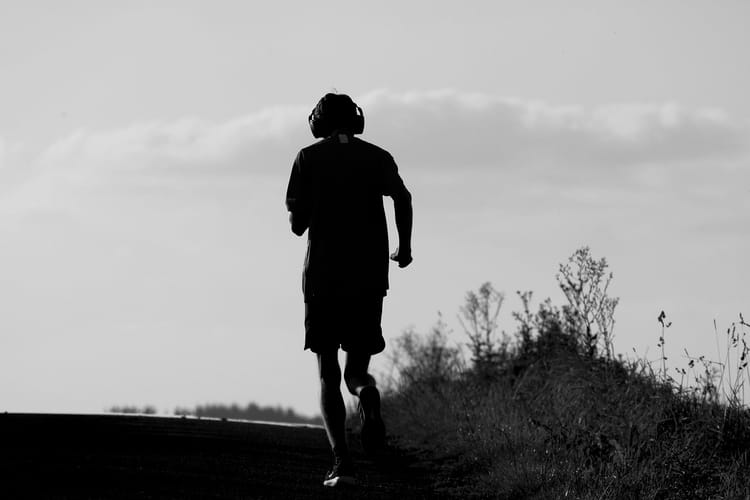
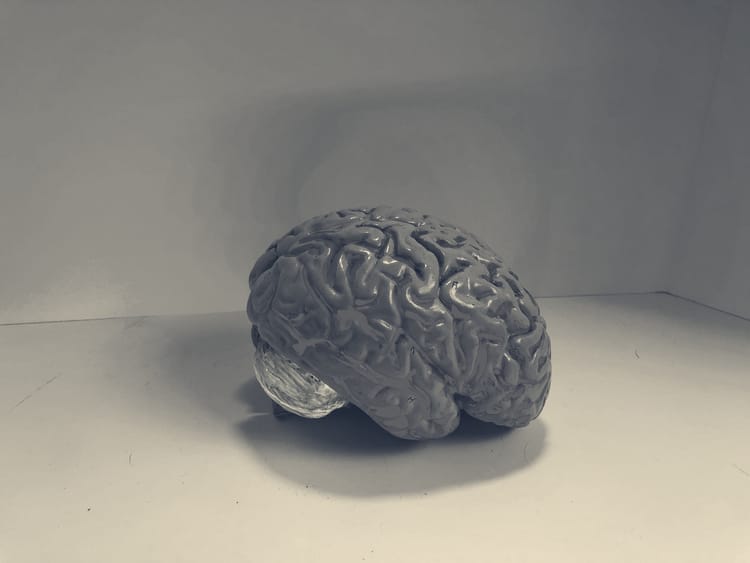
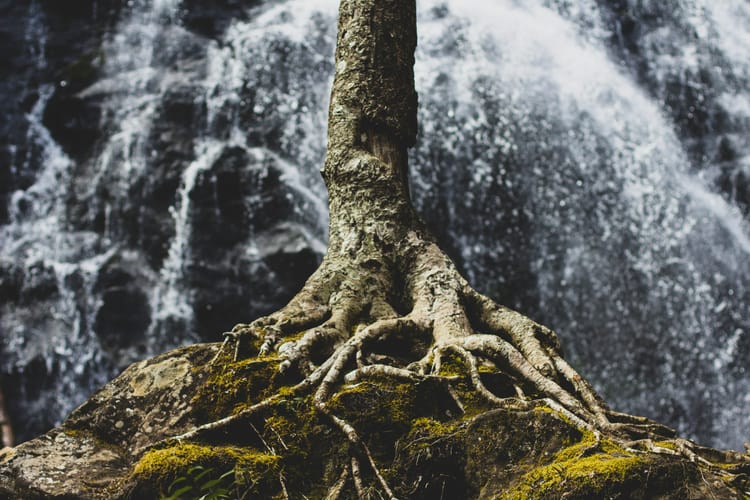
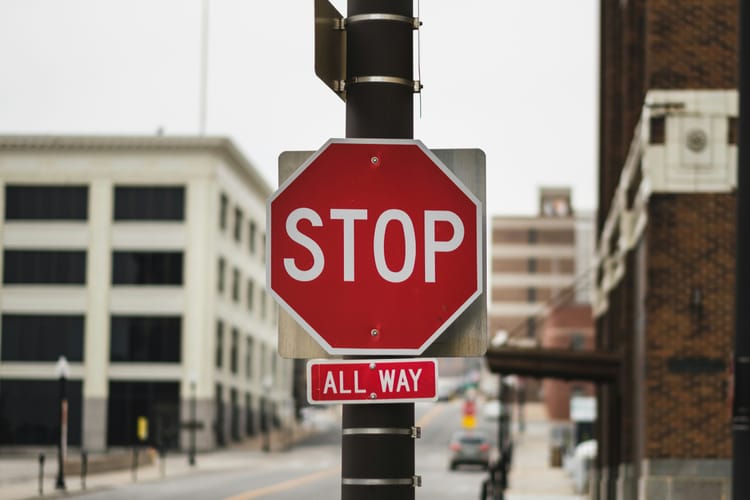
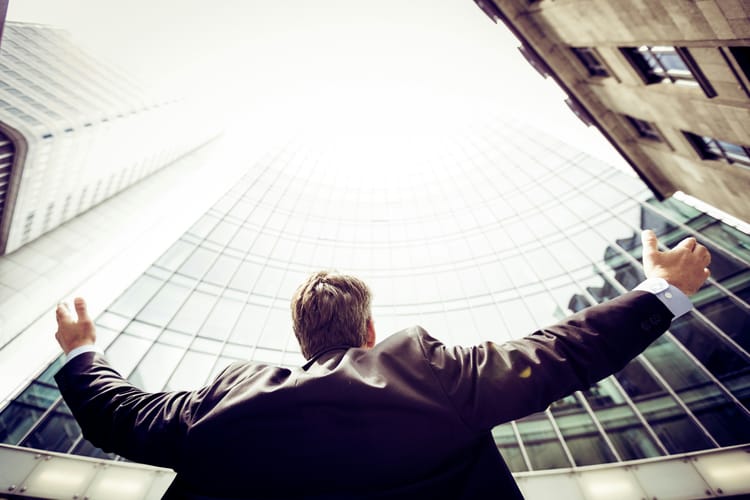
Member discussion